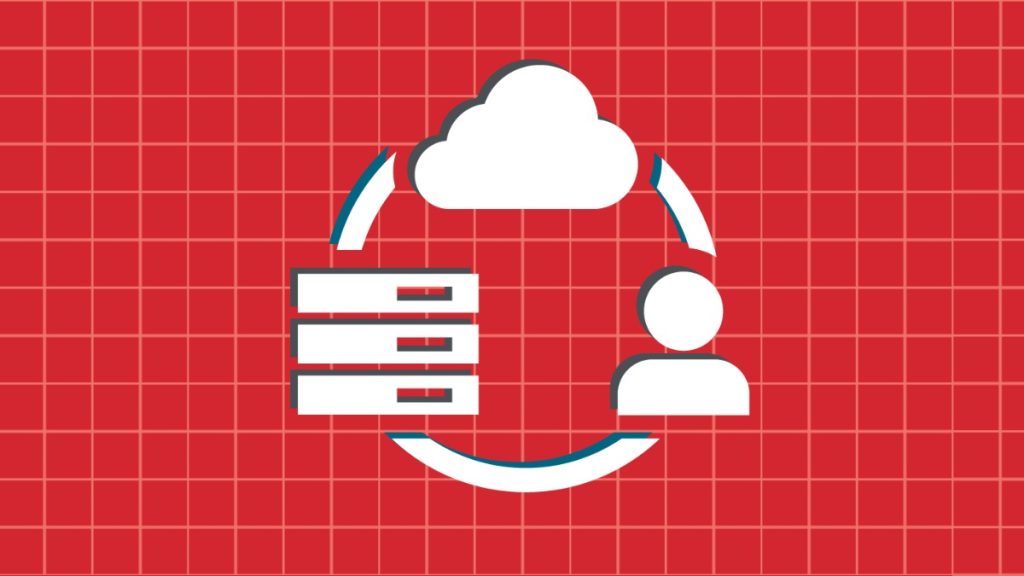In the project management world, “lean” and “agile” are two strategic methodologies that work toward a collective goal: to produce sustainable results fast.
Unique in their tactical applications, each methodology offers its benefits to operational effectiveness in the context of an enterprise environment. And when project managers can understand these differences, they can better understand how to make the best use of these strategic approaches.
What is lean?
In an operational context, the term “lean” is derived from lean manufacturing. That is, a set of principles that aims to achieve alignment, speed, and quality as related to customer expectations.
To become lean, an enterprise strives to eliminate factors that do not bring value to the table. Such waste can be interpreted from various angles, from inaccuracies in inventories and the overproduction of products to cumbersome approval processes and excessive documentation.
The guiding force behind lean operations is to focus only on what provides value and eliminate redundant items that take up unnecessary time. With less waste, staff can operate at peak efficiency levels.
What is agile?
Being “agile” means committing to principles that underlie various aspects of the Agile Manifesto — a modern development framework rooted in the software realm that leads with a collaborative, people-driven approach.
In contrast to the waterfall methodology, which follows a more linear, sequential approach, the agile method is designed for flexibility. Agile strategies require exceptional attention to detail and an optimized design flow. They can be broken down into “sprint” timeframes where deliverables are prioritized based on their value to customers and there is room to pivot based on feedback.
Lean vs. agile: the similarities
With both lean and agile methodologies, customer value is the driving force — and the roads to achieve this result share similarities.
Both models, for instance, emphasize effective employee collaboration. The idea is that people trusted to perform specific tasks are given greater importance than the instruments used. By working together versus in smaller teams, business productivity and performance can improve.
Lean and agile strategies also share a focus on continuous improvement. The lean model states that an exacting inspection process is necessary for constant improvement to take place in product development. Meanwhile, the agile model encourages feedback loops on the results and methods used to enable improvement as well.
Lean vs. agile: the differences
One of the main differences between the lean and agile models is that the lean model focuses on optimizing the production process while the agile model focuses on development first. In alternate terms, the lean model leads with building better processes by eliminating waste. The agile model leads with building better products to avoid confusion and frustrations for end users.
The lean production model aims to produce goods in the most economical way possible, squeezing out any unnecessary steps that can derail business objectives. With the agile development process, speed is necessary, but the main focus is purposeful iteration. For products to be successful, continuous rework and feedback are essential.
For enterprises dedicated to being agile, expansion and development take precedence over the production process. Instead of focusing on delivering a large production turnout all at once, the agile model allows businesses to develop many small recurrent versions of a product.
By contrast, the lean model anticipates that a business will be better off producing fewer products. This methodology is most effective for companies that are better served by planning for materials and resources to be delivered at a future date.
In the context of lean vs. agile, it’s also important to understand the levels at which efficiencies are achieved. The lean model optimizes practices on the enterprise level, mapping out end-to-end journeys that involve staff from different departments across an organization. The agile model is more useful on a team level, with a small group of five to eight people using the mapping strategy to structure their approach to project work.
Is lean or agile the right choice for my business?
When it comes to the benefits of lean and agile methodologies, the statistics speak for themselves:
- With an investment in lean manufacturing techniques, companies reported a 25% increase in productivity, with up to 10-12% gains in manufacturing output, factory use, and labor productivity.
- After adopting agile practices throughout their organization, companies reported a 60% increase in revenue and profit growth, with 25% of teams noting improved productivity.
So that begs the question: Which one should you choose for your organization?
Determining the best method for your business is not necessarily a clear-cut path. Using the lean or agile methodology will depend on the application and be measured by how well it impacts the goal of giving customers the optimal product to meet their needs.
Whether you adopt a lean or agile approach, today’s multi-cloud, multi-team, and multi-gateway environment can lead to serious API sprawl. Read our API Sprawl Survival Guide for insights.

Follow us on social